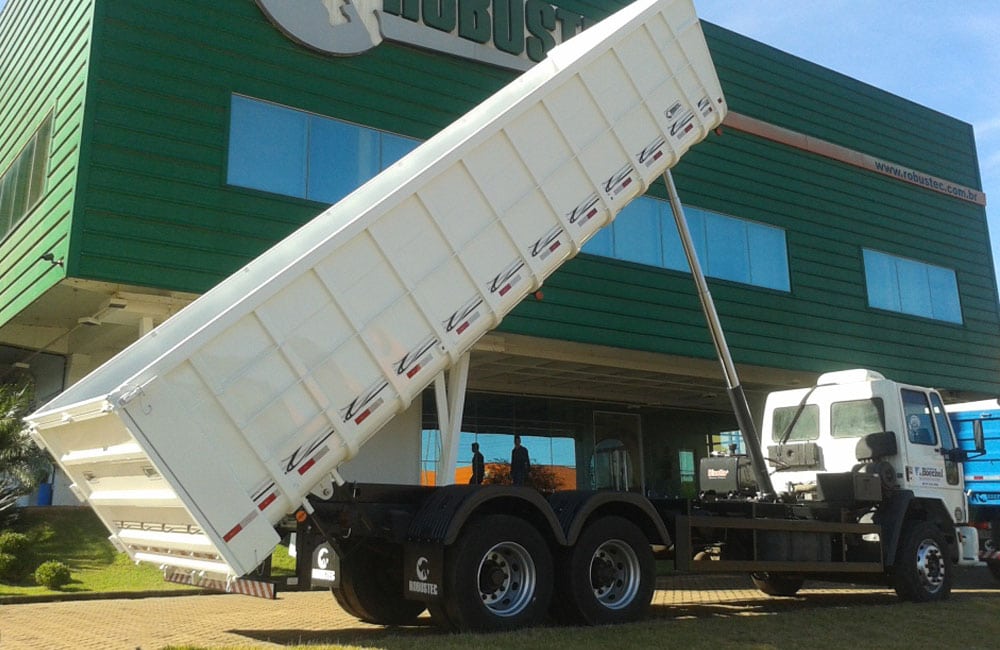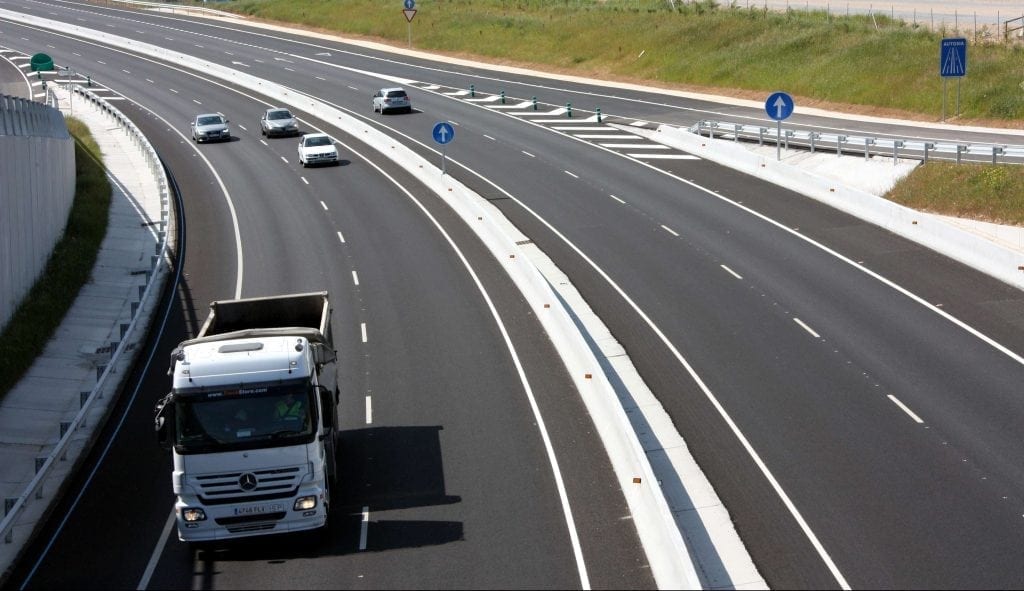No products in the cart.
Implements, Transport, truck
Resolution increases safety when moving dump-carts
A new resolution by the National Traffic Council (Contran), rule 563, which deals with safety in the operation of dump trucks, came into force in January. It establishes the mandatory use of safety devices that prevent the involuntary activation of the power take-off that raises the truck’s dump-cart.
Proof of use of the device will be made at the inspection to obtain the Vehicle Safety Certificate (CSV). The new standard came into force on January 1, 2018, but the application of the measure was postponed for one year, due to the difficulty of adapting the trucks to the standard.
See all the information necessary below for you to transit under this new legislation.
Understand the purpose of the new standard
The objective of the standard is to reduce the risk of accidents with the truck traveling with the dump-cart raised, such as running over tunnels and walkways through raised dump-carts, causing major accidents and losses. This type of accident is very common in cargo handling, as some drivers do not check whether the power take-off is off and whether the dump-carts are lowered before continuing on the journey.

The dump-carts usually go up on their own because the transmission’s power take-off is not turned off after the tilting, causing the dump-cart to rise slowly with the truck running. Another possibility is that the PTO is triggered involuntarily by the driver. Besides, some dump-cart operators simply prefer to turn off the audible warning.
Find out how security devices work
Standard 563 defines three safety devices with a focus on power take-offs: primary, secondary, and tertiary. The power take-off is attached to the gearbox and provides power for the hydraulic pump to rotate and tilt the truck’s dump-cart.
The safety devices are intended to prevent the operator from operating the power take-off without warning and causing pedestrians to be run over.
The primary device (type A) prevents the PTO from being triggered and consequently raising the dump-cart involuntarily – for example, by touching the button. The activation will be done only from two commands or from a two-stage command.
The secondary device (also type A) provides a visual and audible warning to alert the operator to the activation of the PTO. The visual sign must be at the height of the panel, right in the operator’s field of vision. The audible alert sounds a constant beep that ceases only after the power take-off is switched off.
The tertiary device (type B), on the other hand, is an electronic control system for the PTO drive that limits the vehicle’s speed to 10 km / h if the PTO is on.
The first two devices are simpler to install than the tertiary, which is more complex and must come from the factory prepared to be enabled in the implementer. The standard requires mandatory use of at least two devices – it is not compulsory to use all three at the same time.
See how to adapt to the new standard
New trucks, manufactured since January 2017, are already required to leave the factory with the security system. In addition to keeping the alert on, drivers must pay attention to maintain these devices.
Kits with the devices are already available on the market and can be installed in auto repair shops. However, many truck drivers claim they are not getting a license due to the lack of the system on the market. Some drivers have been protesting against the measure, for bringing higher costs to the category – the sensor expenses, on average, from R $ 3,000 to R $ 5,000 (Agência Brasil).


